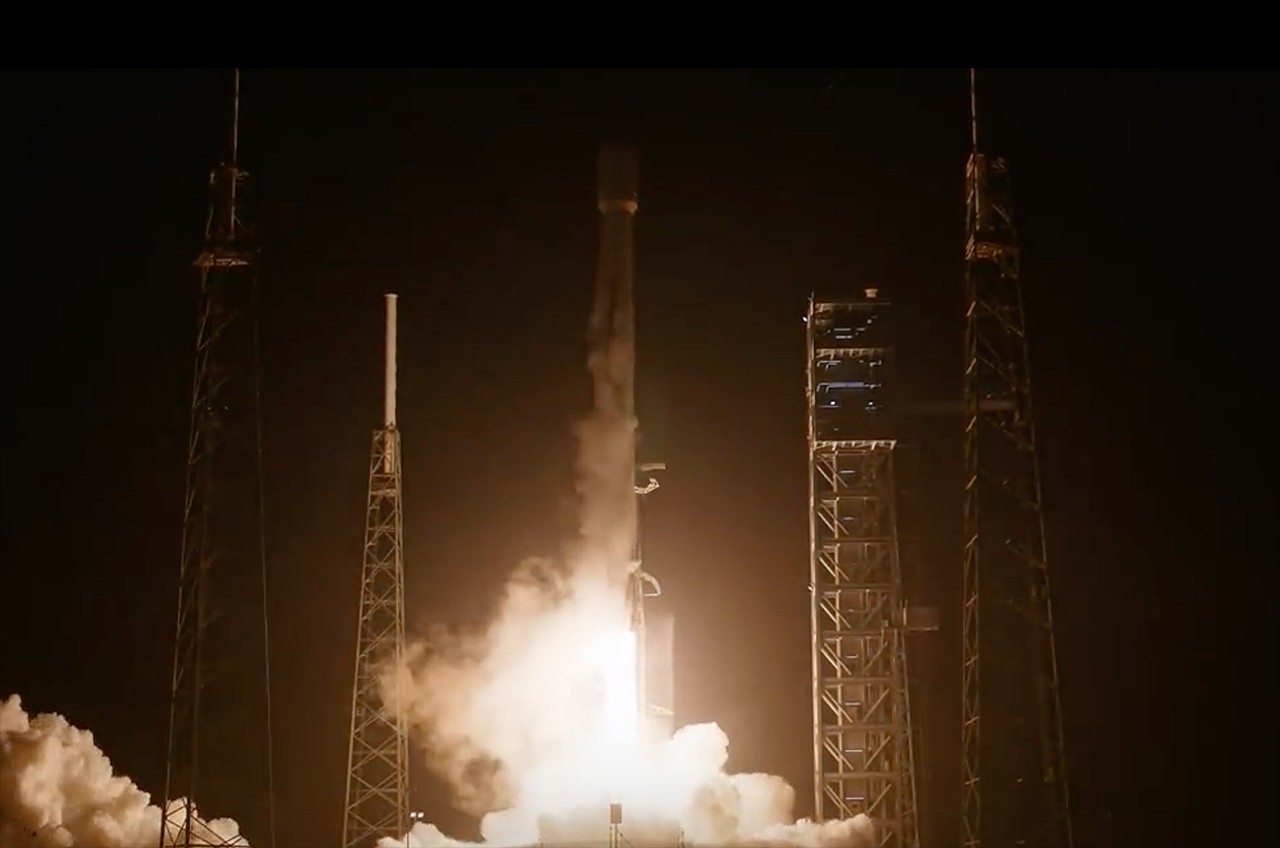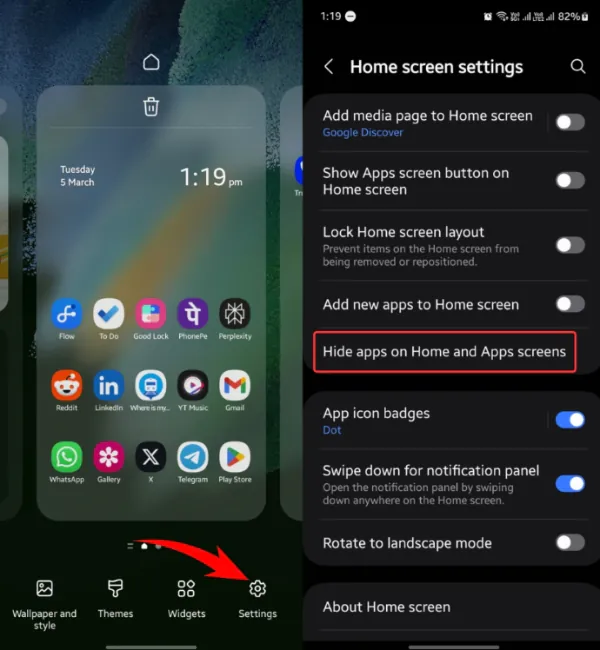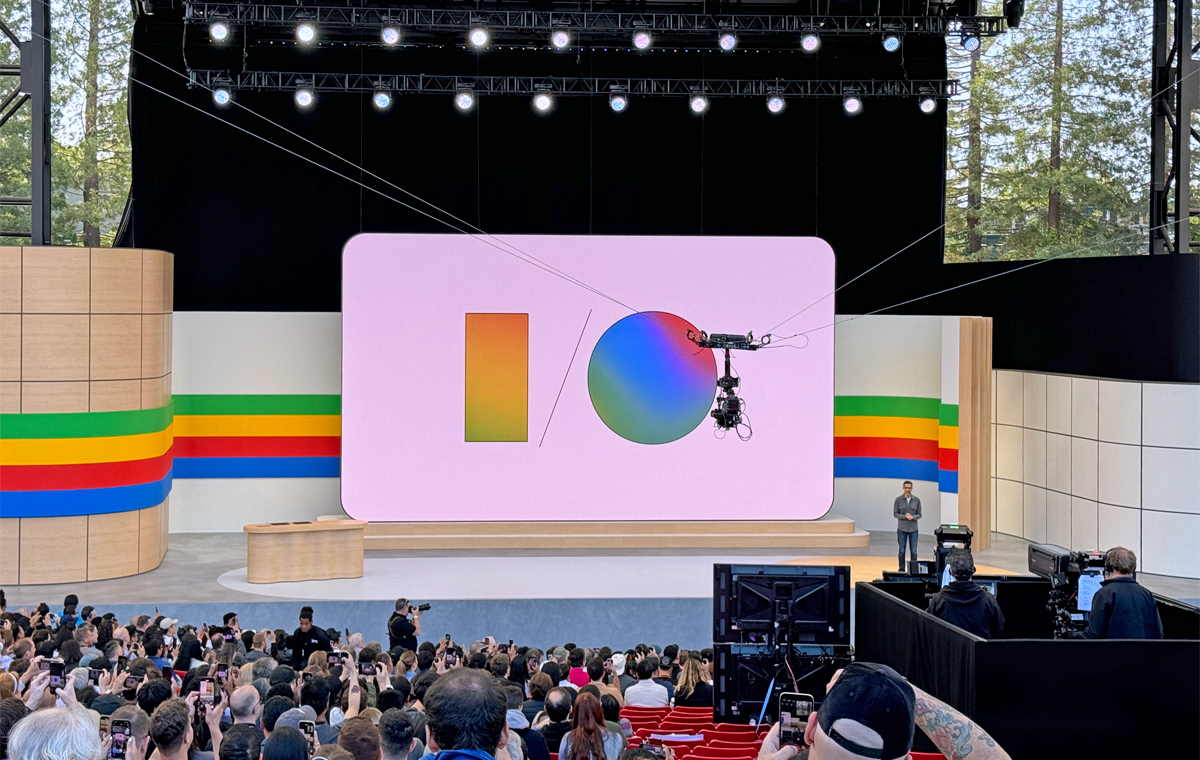In 2007, Hanny var Arkel, a Dutch schoolteacher, discovered a weird-looking green blob of gas in space. She made the discovery as a participating citizen scientist of a project called Galaxy Zoo; she had to check hundreds of images online to locate this special entity in space. The cloud-like structure discovered by her was seemingly glowing and was located just beside a galaxy.
The blob was named Hanny’s Voorwerp (“Voorwerp” is the Dutch expression used for “object”) after its discoverer. The discovery of Hanny’s Voorwerp encouraged other scientists to carry out studies for finding similar objects in the space. Recently, with help of a group of citizen scientists, researchers have located as many as 19 more galaxies surrounded by glowing green blobs.

The most important tool used for the discovery was the Hubble Space Telescope; the famous NASA telescope was used for snapping eight haunting images showcasing the eerie glowing green clouds containing gaseous substances.
The volunteers taking part in the study had to browse through almost 16k images online to discover the ones showcasing the green objects. The group performing the job consisted of several individuals.
Images analyzed by the citizen scientists were categorized into three segments; yes, no and maybe depending on whether it contained any weird green cloud-like structure. The images identified by the volunteers were then checked by astronomers by means of ground-based telescopes. This final analysis allowed the scientists to find 19 new galaxies that have glowing green gaseous blobs surrounding them.
One question that must be bothering the readers now is that what makes the cloud-like structures glow? The same question also bothered the scientists.
They found that the center of each of the 19 galaxies contain a huge black hole. These back holes are millions of millions times bigger than the sun, and as a result have gravity strong enough to prevent light from escaping them.
http://thehoopsnews.com/2015/04/04/4239/ants-are-epicurean-just-like-humans-says-study/
When dust and gas swirls into these black holes, they heat up and generate ultraviolet radiation. This ultraviolet radiation strikes the surrounding gaseous blobs producing an eerie green glow.
This is another great discovery by the Hubble Space Telescope. For those who don’t know: Hubble will be celebrating its 25th birthday on April 24, 2015.








